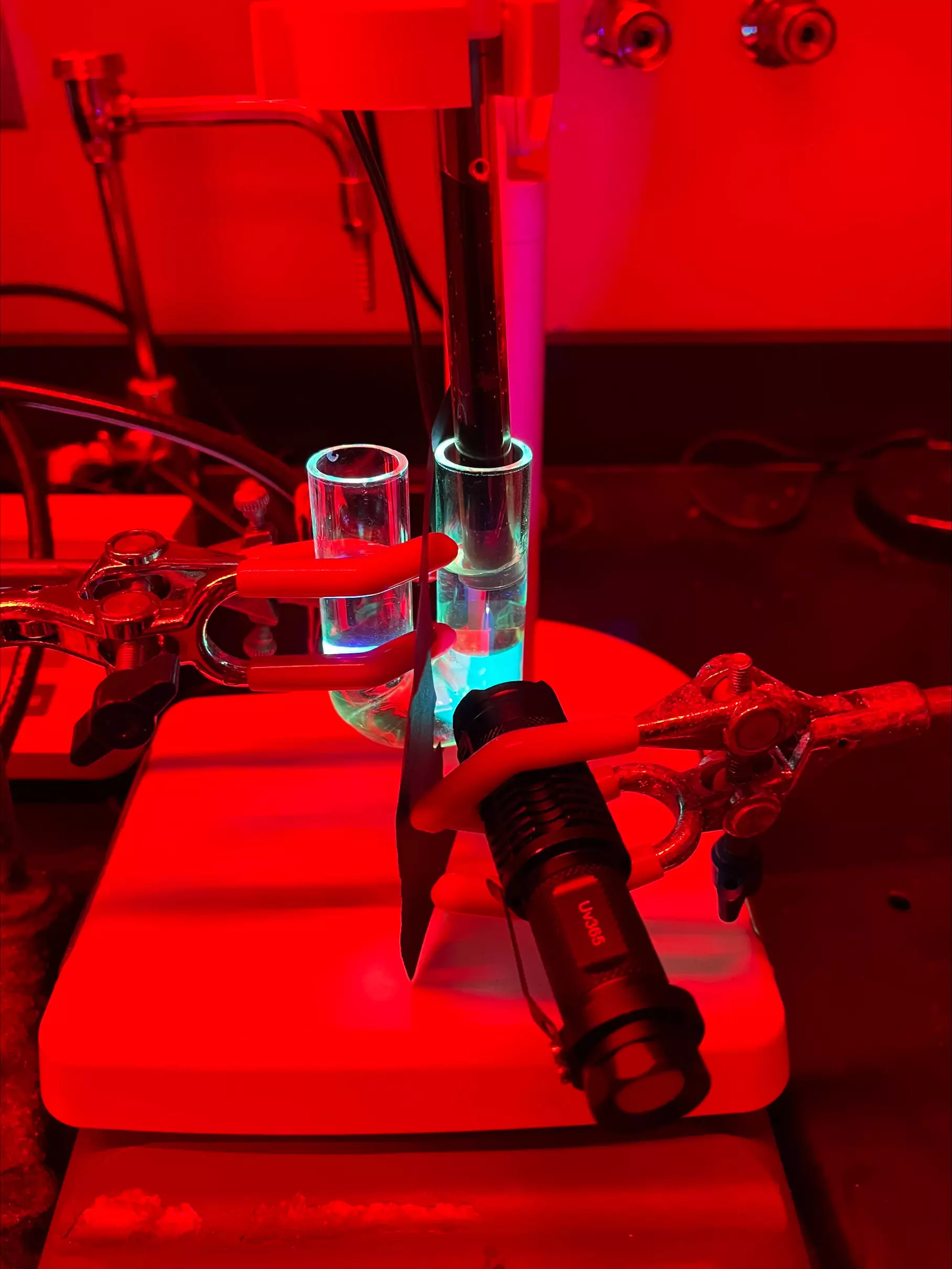In a groundbreaking advancement for environmental science, researchers at Dartmouth College have fabricated a self-powered pump that ingeniously utilizes natural light and chemical processes to selectively target and eradicate harmful water pollutants. The details of this innovative solution were recently published in the prestigious journal Science. This new technology holds the potential to reshape how we approach water treatment, especially concerning pollutants that adversely affect ecosystems and biological health.
At the core of this technology is a synthetic molecular receptor engineered to interact specifically with negatively charged ions, commonly referred to as anions. When polluted water flows into the pump, a predetermined wavelength of light activates these receptors, enabling them to bond with the targeted pollutants. This interaction is particularly crucial as various anions have been linked to significant metabolic disruptions in both flora and fauna. Following the filtration process, a different wavelength of light deactivates the receptors. This allows the pollutants to be released into a non-reactive substrate designed to safely hold the contaminants until proper disposal can occur.
Ivan Aprahamian, a distinguished professor and chair of the Department of Chemistry at Dartmouth, emphasized the importance of this work. “This is a proof of concept that you can use a synthetic receptor to convert light energy into chemical potential for removing a contaminant from a waste source,” he stated. The implications are substantial, especially as the primary pollutants currently targeted are chloride and bromide, two compounds often pervasive in contaminated water sources.
The implications of this research extend well beyond just chloride. Aprahamian and his team are actively pursuing the capability of this self-powered pump to encounter a variety of anion-rich pollutants. This could encompass dangerous substances such as radioactive waste, agricultural runoff phosphates, and nitrates—all notorious for creating toxic environments and exacerbating ecological dead zones. The ability to employ multiple receptors tailored for different pollutants, activated through distinct wavelengths of light, suggests a future where specific contaminants can be isolated and removed efficiently.
This tailored approach is significant in addressing unique environmental challenges. For instance, the rampant use of road salt during winter months has been linked to harmful elevations of chloride levels in local water bodies, adversely affecting aquatic ecosystems. Moreover, understanding the physiological role of chloride ions is essential; disruptions in their normal flow can lead to severe health conditions, such as cystic fibrosis. Therefore, this pump could play a dual role in environmental remediation and public health.
Impressively, the researchers managed to control the movement of chloride ions in a U-shaped tube, demonstrating the synthetic receptor’s capability to facilitate the transference of ions against their natural concentration gradient. Over a 12-hour experimentation period, their methodology achieved an 8% transport of chloride ions, indicative of the pump’s potential efficiency. Relative to the receptor’s microscopic scale, this ion movement was substantial—comparable to “kicking a soccer ball the length of 65,000 football fields,” as Aprahamian aptly described.
Such accomplishments represent not only an engineering feat but also a leap towards harnessing renewable energy for environmental applications. The ability to utilize light as a controllable energy source renders the pump both practical and sustainable, aligning seamlessly with global efforts toward greener technologies.
The design of this receptor capitalizes on a class of synthetic compounds known as hydrazones, which undergo functional changes upon exposure to light. In an inspiring twist, Ph.D. student Baihao Shao conceptualized a sophisticated twist to existing hydrazone platforms during the COVID-19 pandemic, resulting in the capacity not only to collect but also release target anions efficiently. Aprahamian initially harbored doubts about the project’s competitiveness with existing technologies, but Shao’s persistence yielded a remarkable breakthrough in light-activated molecular receptors.
The construction of these receptors is facilitated through a technique known as “click chemistry,” a Nobel Prize-winning method that allows for the efficient and effective assembly of complex molecular frameworks. This project resonates with prior advancements in molecular machines, further demonstrating the potential of harnessing tiny biochemical processes for real-world applications, echoing the ground-breaking research awarded the 2016 Nobel Prize in Chemistry.
The ultimate ambition driving this innovative work is to emulate biological processes by utilizing sunlight as the energy source for autonomous, self-operated filtration systems. The promise of creating efficient tools for environmental cleanup, drug delivery, and disease management remains an alluring frontier for chemists and environmental scientists alike. As this pioneering research progresses, the potential for a sustainable solution to some of our most pressing environmental challenges appears closer than ever, illustrating the importance of forward-thinking approaches in providing clean water for future generations.


Leave a Reply